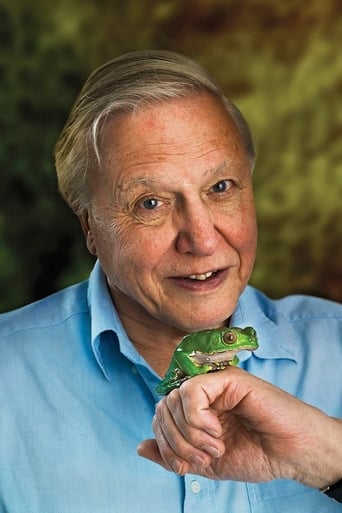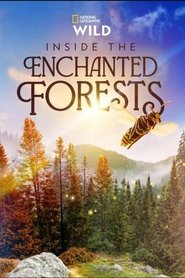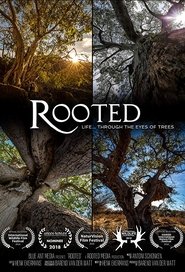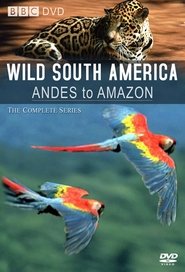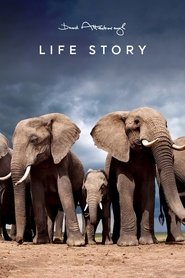

Trials of Life - Season 1 Episode 7 Living Together
Season - Episode
-
 1 - 1Arriving Oct 04, 1990
1 - 1Arriving Oct 04, 1990 -
 1 - 2Growing Up Oct 11, 1990
1 - 2Growing Up Oct 11, 1990 -
 1 - 3Finding Food Oct 18, 1990
1 - 3Finding Food Oct 18, 1990 -
 1 - 4Hunting and Escaping Oct 25, 1990
1 - 4Hunting and Escaping Oct 25, 1990 -
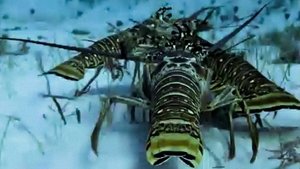 1 - 5Finding the Way Nov 01, 1990
1 - 5Finding the Way Nov 01, 1990 -
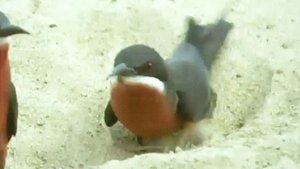 1 - 6Home Making Nov 08, 1990
1 - 6Home Making Nov 08, 1990 -
 1 - 7Living Together Nov 15, 1990
1 - 7Living Together Nov 15, 1990 -
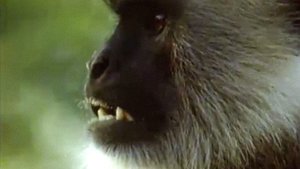 1 - 8Fighting Nov 22, 1990
1 - 8Fighting Nov 22, 1990 -
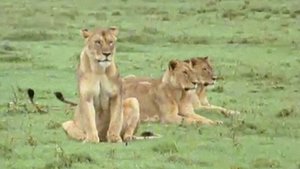 1 - 9Friends and Rivals Nov 29, 1990
1 - 9Friends and Rivals Nov 29, 1990 -
 1 - 10Talking to Strangers Dec 06, 1990
1 - 10Talking to Strangers Dec 06, 1990 -
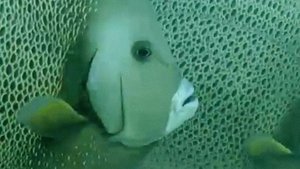 1 - 11Courting Dec 13, 1990
1 - 11Courting Dec 13, 1990 -
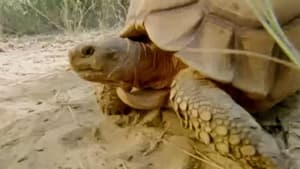 1 - 12Continuing the Line Dec 20, 1990
1 - 12Continuing the Line Dec 20, 1990
-
 0 - 1The Making Of The Trials Of Life Jan 01, 1970
0 - 1The Making Of The Trials Of Life Jan 01, 1970
Overview
This episode focuses on those species that co-operate and depend on (or exploit) others. Spotted deer follow langur monkeys as they travel from tree to tree, eating any leaves that get dropped from above. In return, the deer serve as a lookout when the primates are feeding on the ground. Underwater, a hermit crab is shown adding sea anemones to its shell in order to protect itself from attack by an octopus, and a goby assists a virtually blind shrimp. Fleas, lice and mites are parasites: they share no mutual partnership and instead take advantage of creatures for food or shelter. However, parasites have their predators, and an example are the finches of the Galápagos Islands that clear the resident giant tortoises of their ticks, and oxpeckers, which do the same for giraffes in Africa (and even use its fur to line their nests). Some fish regularly clean others, and wrasse and shrimp appear to specialise in this regard, as do remora, which permanently hang on to their hosts. One parasite that grows inside its host is the fluke, and one is shown gestating inside a snail, having previously been unknowingly eaten. Because it needs to transfer to a bird's gut to develop further, it causes the snail to advertise its presence to allow itself to be consumed - thus completing the circle. However, some microscopic creatures inhabit the stomachs of large herbivores in order to break down the cellulose of their diet, thereby aiding their digestion.

